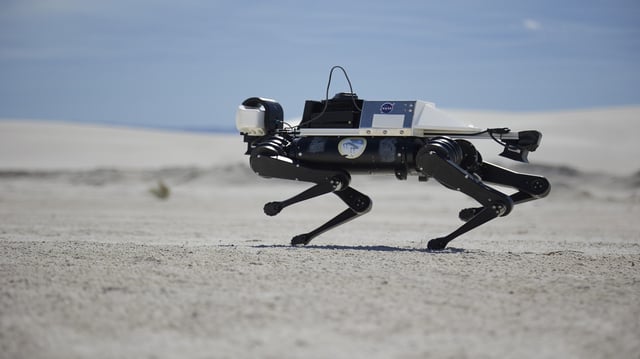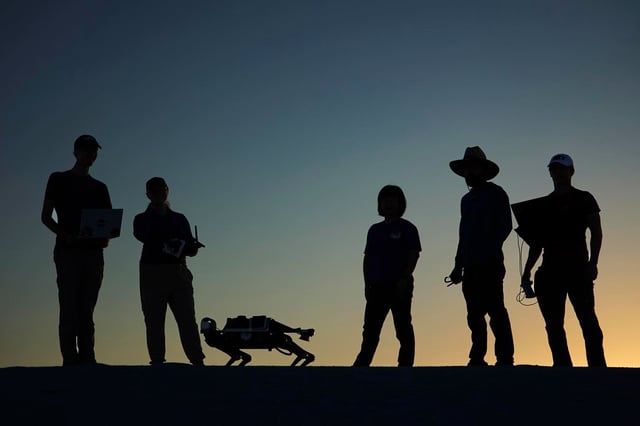Overview
- In August field tests at White Sands National Park, the quadruped operated independently, with researchers supervising rather than teleoperating.
- Project leads report the robot either made or contributed to every data-collection decision, demonstrating mission-ready autonomy under supervision.
- Proprioceptive sensing and computer-vision algorithms let the platform feel surface strength, adapt its gait, choose routes, and prioritize sampling targets.
- Triple-digit heat forced pre-noon operations and highlighted power risks, yielding practical constraints to guide hardware and operations design.
- LASSIE, funded by NASA’s PSTAR and Mars Exploration programs, unites OSU, USC, Texas A&M, Georgia Tech, UPenn, Temple University, and NASA Johnson Space Center, with prior trials on Mount Hood and joint work alongside a wheeled rover.

